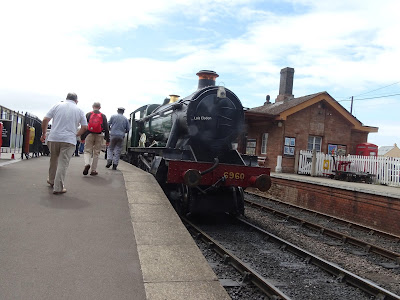This is Mary Elizabeth Stanton and apart from her name and the barest of details I know nothing about her.
But I have to say I am drawn to young Mary.
The picture is one of a collection belonging to Mary’s descendant and they all date from the 1860s.
Now I am not an expert on the fashions of the 19th century but I think Mary’s dress can be dated to around 1864.
The wide dress relied on crinolines and hoops to give it that ample shape but by that date they were not as large or ostentatious as they had been and that is as far as I dare go without some advice.
But the story is an ongoing one and over the next few weeks I want to share what I find out.
So today I shall start with the photograph.
It was taken by Edward Shayler who had studios at 173 Upper Street in Islington and 82 St John Street Clerkenwell. Both properties still exist although they are no longer studios.
Edward Shayler was well enough known to have left a biography, and was a popular choice for the family who commissioned him to take five pictures.
On the reverse of each someone has added a little information which allows me to know that “Mary Elizabeth Stanton [was] eldest daughter of Aunty Betsy.”
Now Aunt Betsy was Elizabeth Stanton who was married to John Stanton who at the time of his daughter’s birth was a “master optical turner employing six men.”
Mary was born in 1844 in Holborn and by one of those quirky family traditions her given name was Elizabeth Jane.
So knowing that she was born in 1844 we may be able to offer up her age, because the photograph could be of her wedding day in 1865, and if that is the case then the young Mary will be just twenty-one years old when she posed for this picture.
And it might explain her absence from the family in the 1871 census, but that as they say is for another story.
Picture; from the collection of Jean Gammons
But I have to say I am drawn to young Mary.
The picture is one of a collection belonging to Mary’s descendant and they all date from the 1860s.
Now I am not an expert on the fashions of the 19th century but I think Mary’s dress can be dated to around 1864.
The wide dress relied on crinolines and hoops to give it that ample shape but by that date they were not as large or ostentatious as they had been and that is as far as I dare go without some advice.
But the story is an ongoing one and over the next few weeks I want to share what I find out.
So today I shall start with the photograph.
It was taken by Edward Shayler who had studios at 173 Upper Street in Islington and 82 St John Street Clerkenwell. Both properties still exist although they are no longer studios.
Edward Shayler was well enough known to have left a biography, and was a popular choice for the family who commissioned him to take five pictures.
On the reverse of each someone has added a little information which allows me to know that “Mary Elizabeth Stanton [was] eldest daughter of Aunty Betsy.”
Now Aunt Betsy was Elizabeth Stanton who was married to John Stanton who at the time of his daughter’s birth was a “master optical turner employing six men.”
Mary was born in 1844 in Holborn and by one of those quirky family traditions her given name was Elizabeth Jane.
So knowing that she was born in 1844 we may be able to offer up her age, because the photograph could be of her wedding day in 1865, and if that is the case then the young Mary will be just twenty-one years old when she posed for this picture.
And it might explain her absence from the family in the 1871 census, but that as they say is for another story.
Picture; from the collection of Jean Gammons
















































